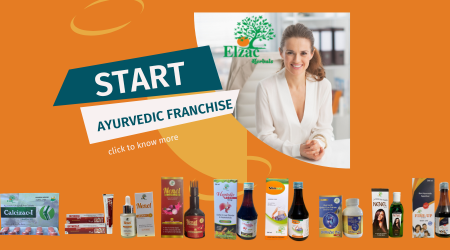How can a non pharma person get wholesale drug license?
It is not necessary to have a pharmacist for a wholesale drug license as in case of retail drug license.
If you have to get a retail drug license then you cannot get a retail drug license without a pharmacist. But when it comes to wholesale drug license, apart from the pharmacist, there is also a possibility that you can get a wholesale drug license without a pharmacist.
Who is Eligible for Wholesale Drug License?
- Must be a registered pharmacist under the State Pharmacy Council or
- Competent Person/Experienced Person having minimum one year experience after graduation in registered wholesale pharmaceutical licensed firm (with bank salary details, appointment letter, experience letter and resignation letter)
So if you want to get wholesale drug license and you are not a pharmacist then if you are graduate and you have at least one year experience in any wholesale drug license firm then you are eligible to apply for wholesale drug license But here it also depends on the drug inspector whether they consider you eligible or not.
We talked about that if you want to get a wholesale drug license, then how will you be considered eligible for that.
Now let's talk about how a non pharma person can start wholesale pharma business.
Step 1. First of all, you need to have experience in the pharmaceutical sector whether you are from pharma background or not. Getting the experience of Wholesale Distribution in the Pharma Sector is the first requirement to start a Wholesale Pharma Business. Otherwise you will do more harm than profit.
Step 2. You need to complete the required documents and requirements for the license.
Documents and requirements are :-
Documents required for submission of wholesale drug license file:
- The application is to be submitted along with other information forms in the prescribed Form 19 to the office of the District Drug Inspector / Drug Selling Authority.
- The required area of the premises should be minimum 10 square meter (15 square meter for wholesale plus retail license), minimum 8'2″ height. The premises should be made of bricks, the floor should be plastered.
- Additional information in application form number 19 to be submitted along with the form
- Experienced letter (if taking wholesale drug license under experience) or Pharmacist registration certificate (if taking wholesale drug license as pharmacist)
- If the wholesale store owner does not have both, then he can attach the appointment letter of the pharmacist or experience person and his documents.
- Fees
- Address proof copy
- Owner ship proof or rent agreement (in case of rented premises)
- Photocopy of refrigerator purchase bill with full address
- Photocopy of EP / Pharmacist's educational qualification certificate
- Birth certificate photocopy
- Affidavit of EP/Pharmacist
- Partnership Deed for Partnership Firm
- Copy of Registration Firm Receipt and Address Proof for Private Limited Firm along with List of Directors, Memorandum of Articles of Association etc.
- Affidavit of Proprietor/Partners/Directors
- Blue print/layout plan of the premises with signature in 3 copies.
- Adequate storage facilities are required which include cupboards with glass doors, racks, pallets, refrigerators etc.
After completing all this, you can apply for a wholesale drug license at the drug office or online, whichever way it is in your state.
After the wholesale drug license, one thing remains that is - to take the distribution of a pharma company.
You have options like
- Taking distribution of generic pharma company
- Taking Distribution of Ethical Pharma Company
- Taking Distribution of Franchise Pharma Company
- distributing medical devices
- Distribution of Active Pharmaceutical Ingredients (APIs), etc.
According to your experience and need, you can contact similar companies and take their distribution.

Comments
Post a Comment